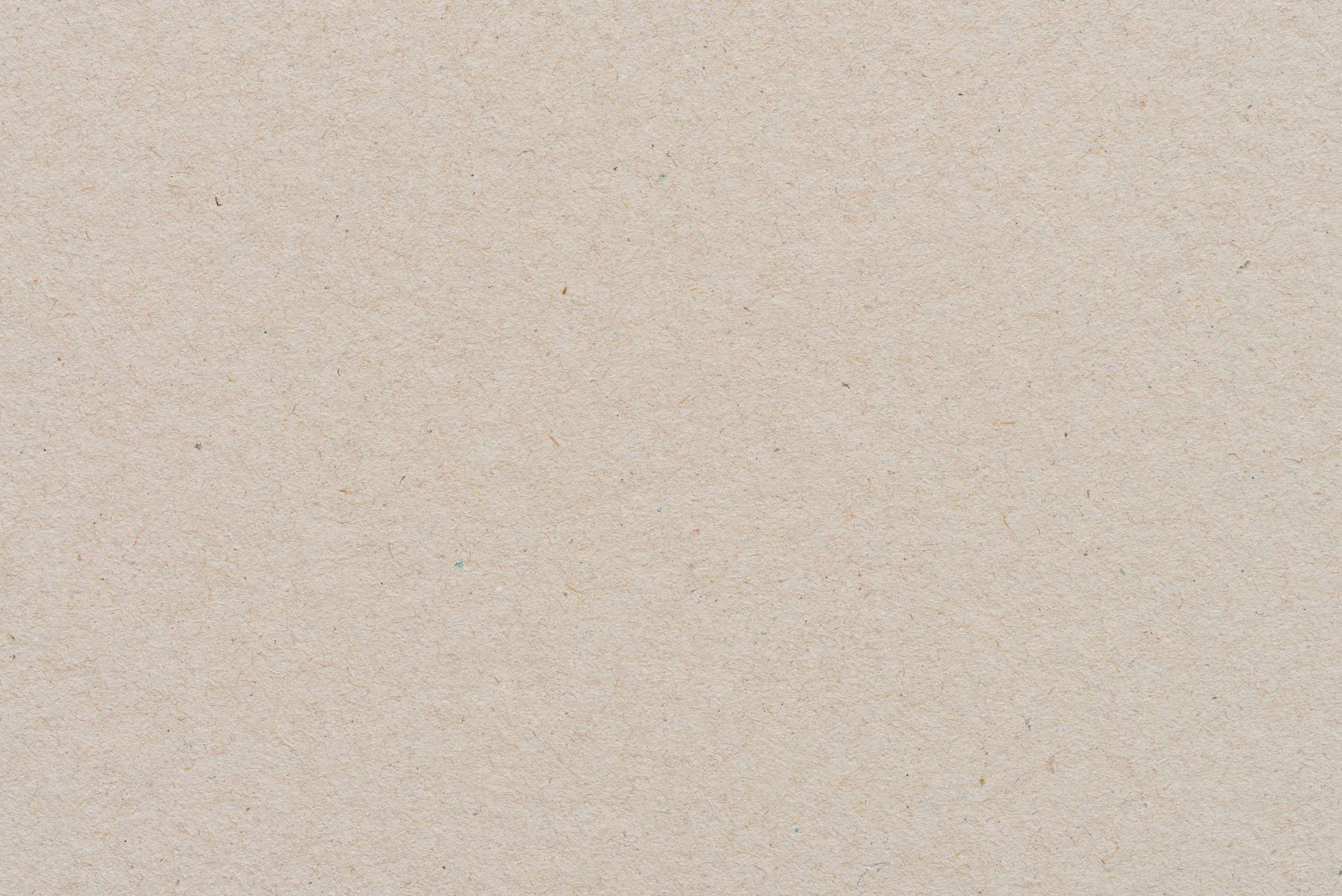
Earth
LESSON 1
Children explore planet Earth by crafting a playdough model of its layers to understand its structure, and engage in a story to learn more about our planet.
The book “Earth!” by Stacy McAnulty
Playdough in the colors red, orange, yellow, brown, blue, and green.
A butter knife
Materials
Preparations
Gather materials.
Prepare a space for playing with playdough.
Facilitate a hands-on activity where students create a playdough model of Earth's layers.
Introduce and read aloud "Earth!" by Stacy McAnulty, using engaging questions to encourage active listening and comprehension.
Guide discussions about Earth's different names and its unique qualities.
Facilitate student exploration and identification of the inner core, outer core, mantle, and crust.
Objectives for Teachers
Children create a playdough model of Earth's layers to visually understand its structure.
Children identify and name the layers of Earth - inner core, outer core, mantle, crust.
Children engage with the story "Earth!" by Stacy McAnulty to learn fun facts about our planet.
Children explore ways to care for our planet and discuss why it's important to protect Earth's environment.
Objectives for Children

Collect and Connect
Create actions and practice singing the poem “Solar System in Motion” together.
Solar System in Motion
Tune: The Farmer in the Dell
The Earth turns around,
The Earth turns around,
Once a day, every day,
The Earth turns around.
The moon goes round the earth,
The moon goes round the earth,
Once a month, every month,
The moon goes round the earth.
The Earth goes round the Sun,
The Earth goes round the Sun,
Once a year, every year,
The Earth goes round the sun.
The stars are all around,
The stars are all around,
Here to there, and everywhere,
The stars are all around!

Activity Flow
We will begin today’s lesson with a playdough activity to spark children's interest and curiosity. Do not tell your child what they are making, and allow them to guess as you create.
Playdough Earth
Give your child a small piece of red playdough. Then with your own piece of red playdough, show them to roll it into a small circle or ball, representing the inner core of the Earth.
Next, provide a piece of orange playdough to your child. Demonstrate how to flatten it and wrap it around the red playdough ball, representing the outer core.
Then distribute the yellow playdough, and have them flatten it and wrap it around the orange playdough, representing the mantle.
Next, provide a piece of brown playdough, then guide your child to flatten it and wrap it around the yellow playdough, representing the crust.
Give your child blue playdough and have them to flatten it and wrap it around the brown playdough, representing the ocean.
Finish with the green playdough, guiding your child to flatten and create small pieces to represent land and place them on the blue playdough.
2. Once your Earth is complete, ask your child if they know what it is. Explain that they have made a simple model of Earth. Set aside your Earth creation, and ask your child what they know about earth. Allow them to answer, then introduce the book "Earth!" by Stacy McAnulty. This book will teach us about our planet, and what the colors inside the Earth we made with playdough represent! It will also tell us how old the Earth is and what makes our planet so special.
3. Read the story to learn about Earth and what makes it unique. Follow up with some questions to start a conversation about what was learned:
Earth goes by many different names like, Gaia, the world, the blue marble, and in this book, planet awesome! Which one is your favorite?
How many siblings does planet earth have? Pets? Cousins?
What are earths favorite things to do?
Who is earth's best friend?
4. Next, let's explore what makes up Earth. Turn to the page in the book displaying the diagram of the inner core, outer core, mantle, and crust. Take the playdough Earth you crafted and gently cut it in half. Explore the cross-section of your Earth model and identify each part together.
Inner core: The very middle of Earth, like a hot, solid ball made of iron and nickel.
Outer core: A layer around the inner core that is also hot, but it's liquid metal, like melted iron and nickel.
Mantle: A thick layer around the outer core and under the crust. It's not as hot as the core but still very hot, like thick, flowing rock.
Crust: The outer layer of Earth, like a hard shell. It has land and oceans where people and animals live.
5. Conclude by reminding your child that earth is our home, and it's up to all of us to protect and cherish it. What are some ways you can help take care of our planet every day?





